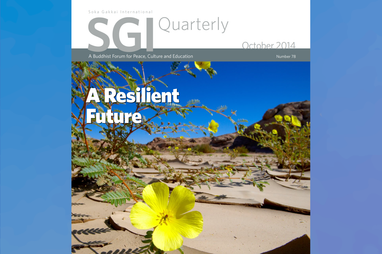SGI Quarterly
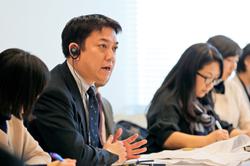
Taro Hashimoto is the SGI youth division leader and lives in Tokyo, Japan. This article is based on a speech he delivered on March 20, 2014, at Kennesaw State University in Georgia, USA, at an international conference on humanitarian responses to crisis.
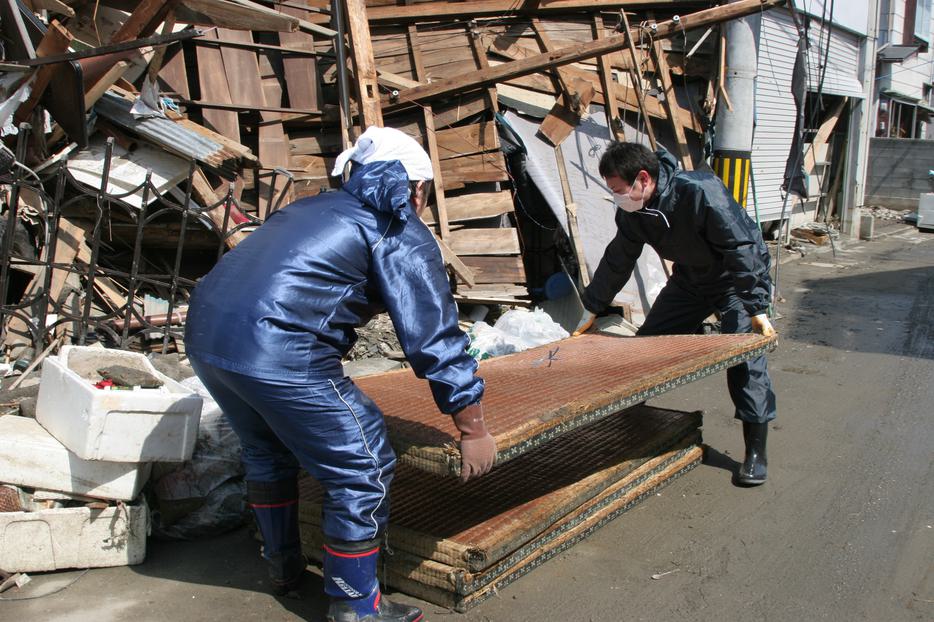
Soka Gakkai volunteers helping in the aftermath of the Tohoku Earthquake [Photo credit: © Seikyo Shimbun]
When the March 11, 2011, Great East Japan Earthquake occurred, I was in Niigata Prefecture, on Japan’s west coast. We felt huge tremors to the point that it was difficult to remain standing. Later that day, we were informed that emergency food supplies and fuel for power generation stocked at our culture centers in the affected Tohoku area were nearly depleted. Also, the media reported that transportation routes from Tokyo to Tohoku were blocked.
Ten years ago, Niigata was also hit by a huge earthquake. We learned many lessons from that disaster. In light of Niigata’s geographical location, and based on past experience, we realized that actions taken in Niigata would be critical to the provision of timely aid and relief. We immediately contacted the local members of the Soka Gakkai in Niigata to garner their support.
The following day, the first truck loaded with fuel left Niigata at noon and by late afternoon, thanks to the kindness of our members, we had received 5,500 homemade rice balls, water, emergency food supplies, portable toilets and other relief goods. I departed Niigata around 8 pm that night on one of the trucks, arriving at the Soka Gakkai Tohoku Culture Center, a distance of over 600 kilometers, early in the morning of March 13.
I vividly recall how the faces of the survivors in Tohoku lit up with relief and joy when they saw us. They had evacuated to the culture center in desperation, with nothing but the clothes they were wearing, waiting in fear and bewilderment, not knowing what was going to happen next.
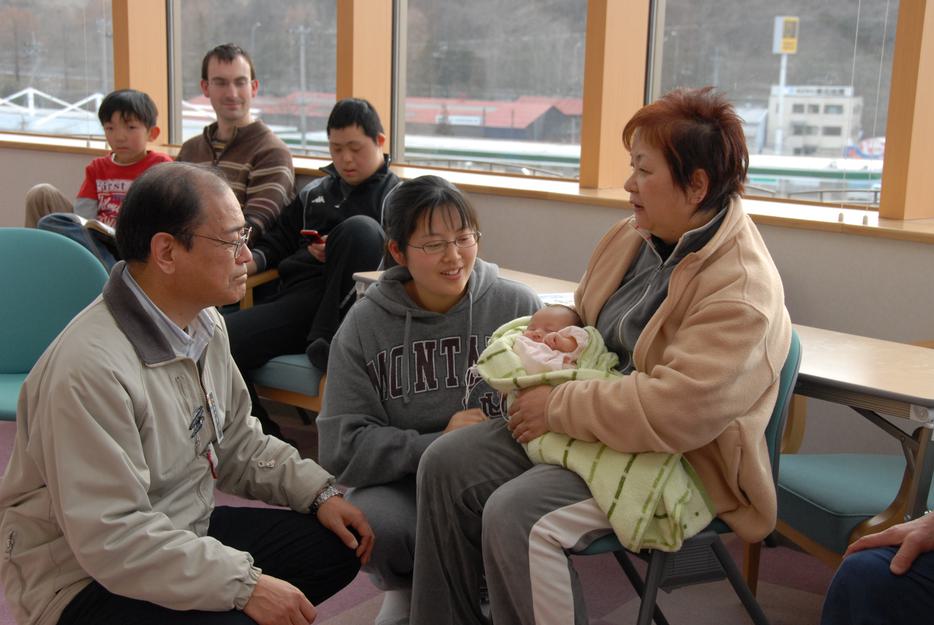
Soka Gakkai volunteers helping in the aftermath of the Tohoku Earthquake [Photo credit: © Seikyo Shimbun]
The Soka Gakkai subsequently established post-disaster recovery centers in some of the major affected cities. We dispatched members to cities who were healthcare professionals, as well as youth volunteers. Through our engagement with the local people, we realized the importance of mental and emotional recovery. For example, since the earthquake, there has been an increase in the number of children struggling to keep up at school.
On the other hand, reports show that where well-established local community networks exist, people are not only recovering rapidly, but have also experienced fewer incidences of mental health ailments such as posttraumatic stress disorder. Even if the government and the public sector implement programs to support recovery efforts in disaster-affected communities, it is no simple task to nurture social capital such as the aforementioned local networks, let alone provide mental and emotional care to survivors. We felt that faith-based organizations with local networks could fill that critical gap and began to plan activities to assist those requiring mental and emotional care.
These included free musical concerts, which will have taken place in every town in the disaster-stricken areas by next year; donations of some 7,000 books to 26 schools; and “Restoration Youth Speech Conference” events, in which young survivors are invited to share their experiences and hopes for the future. Many people commented that they were encouraged by such testimonials and were able to renew their pride in their hometowns.
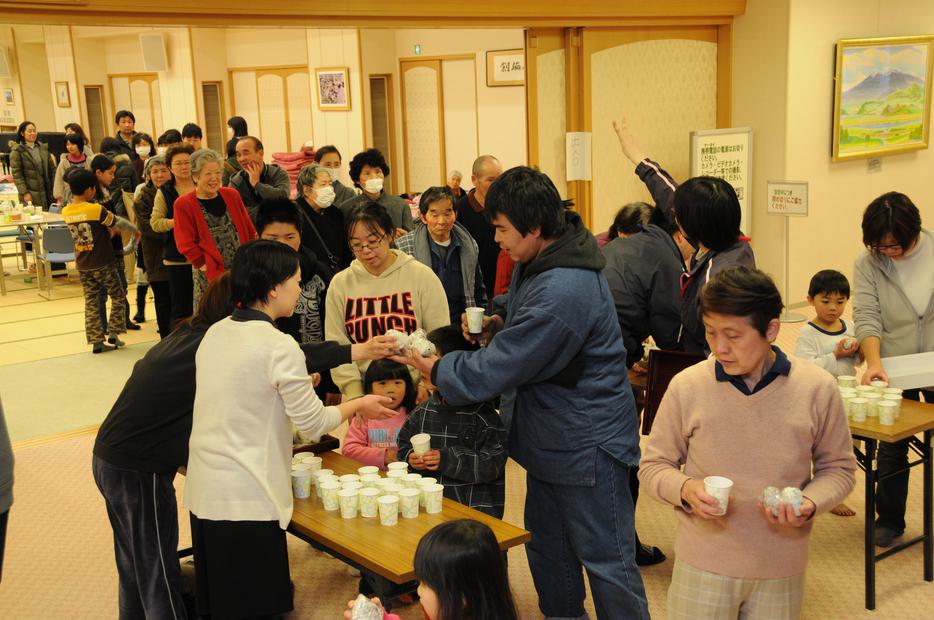
Soka Gakkai volunteers helping in the aftermath of the Tohoku Earthquake [Photo credit: © Seikyo Shimbun]
We are also recording the experiences of survivors and sharing them with the public through the Soka Gakkai’s magazines and daily newspaper. We feel that these initiatives are boosting the spirits of survivors and contributing to the region’s recovery. They have reminded survivors of the inherent potential and power within their communities and within individuals to overcome the greatest of hardships.
Underlying our activities is our belief in the importance of empowering each individual and strengthening networks of solidarity to establish a sense of hope in the community. As SGI President Daisaku Ikeda notes, it is the human network of individuals interacting, treasuring and encouraging each other every day at the grassroots level that plays the key role in this.
Taro Hashimoto is the SGI youth division leader and lives in Tokyo, Japan. This article is based on a speech he delivered on March 20, 2014, at Kennesaw State University in Georgia, USA, at an international conference on humanitarian responses to crisis.
Related Content


